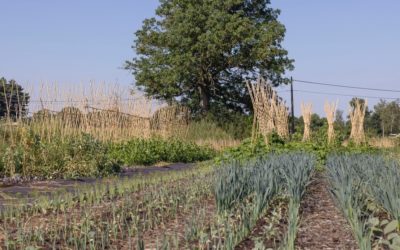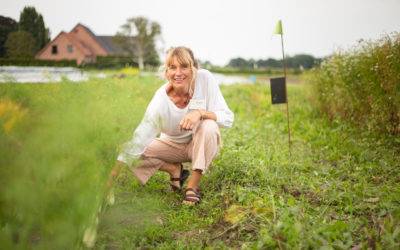A regenerative community farm in Veerle-Laakdal.
Domaine de Graux
The project
Founded in 1492, Domaine de Graux has successfully preserved its natural character, thanks to its exceptional ecological network. A venue for sustainable events and hospitality, this natural setting is constantly evolving to continually encourage reconnection with oneself and nature.
Located in Tournai, our farm covers 120 hectares, combining crops, market gardening, an orchard, and animal husbandry. It adheres to agroecological principles that promote harmonious interactions between crops, animals, and humans.
The agroecological approach is inspired by nature and its ecological principles.
It fosters harmonious interactions between crops, animals, humans, and their environment, all while maintaining biodiversity, regenerating the soil, and preserving natural resources.
Our farm has been certified organic since 2011.
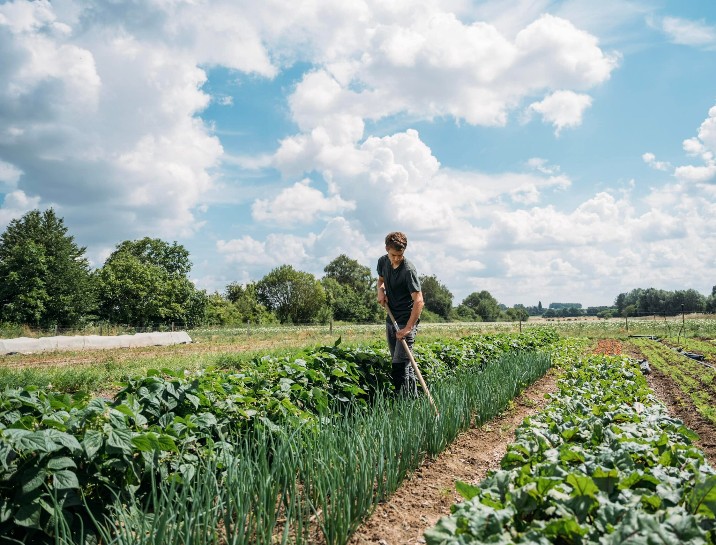
Project location
Contribution(s)
Project costs
Participant(s)
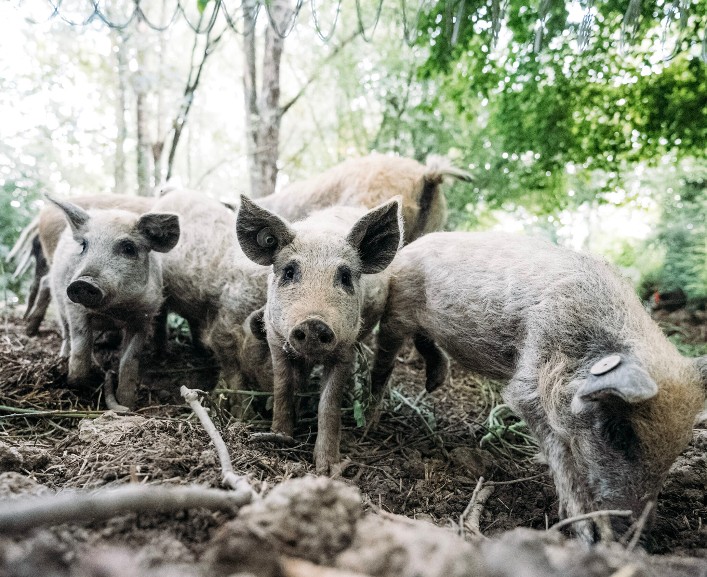
Our team works daily to restore and protect the estate’s natural resources, whether through cultivation, animal care, or the organization of professional and private events.
How are the criteria of the objective met?
Crops and animal products
- Follow the natural production seasons: no heated and/or large-scale greenhouses; follow natural growing/milking/breeding seasons, …;
- Promote short and local supply and production chains, with as few imports as possible.
- Use biodiversity-inclusive production methods: rotation of crops/fruit trees, mixed cropping, agroforestry/ecology, no pesticides or chemicals, organic/rational production, nature-based solutions, …;
- Develop the land by incorporating biodiversity and provide an area dedicated to biodiversity (e.g. additional flowerbeds, permanent plant cover, no tillage/mowing/management in specific areas, insect hotels);
- Have respect for and/or improve the environmental and ecological characteristics of the area;
- As much naturalness as possible/as little alteration as possible of the surrounding environment (landscape, quality of water, of soil);
- Stimulate the preservation of green and blue areas by limiting the expansion of land use (e.g. rooftop agriculture, eco-grazing);
- Incorporate these practices into the surrounding environment (e.g. promote ecological continuity) to reduce their negative impact on the land.
Possible initiatives in which the project is involved :
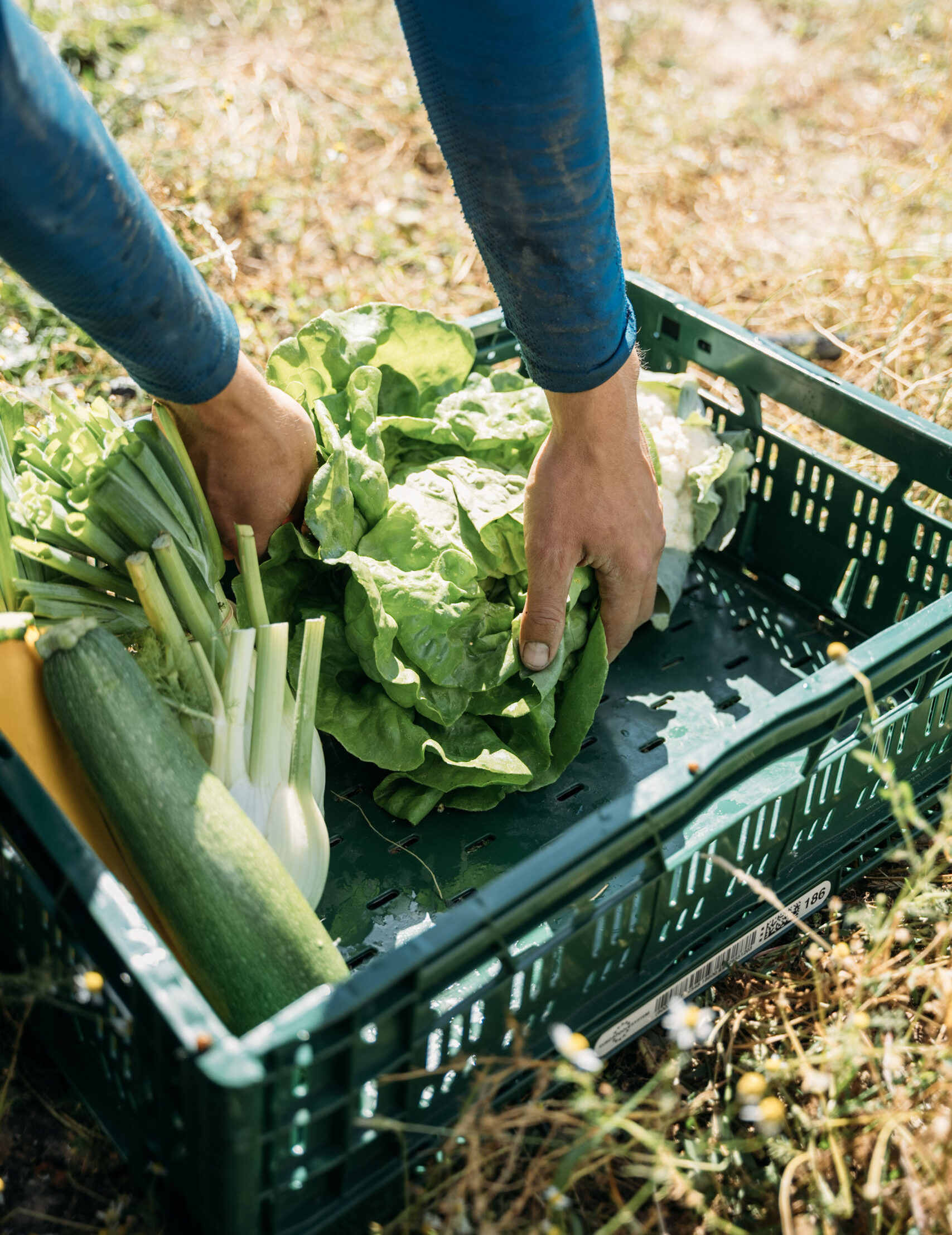
Long-term maintenance
Maintaining our practices relies on an integrated, structured, and committed approach that is operational, strategic, and educational:
- Structural Commitment and Certifications
We are B Corp certified, which requires rigorous monitoring of our practices and regular recertification. This certification encourages us to maintain, and even strengthen, our environmental, social, and economic commitments. - Integration into daily operations
The measures mentioned above are integrated into our production processes. They are not one-offs, but are part of our operational DNA. - Sustainable Networks and Partnerships
We are part of several committed networks (Conservatory Orchards, Farm For Good, Top50farmers) and collaborate with local partners. These alliances formalize our commitments but also strengthen our local roots and facilitate the sharing of best practices. - Educational and Awareness-Raising Dimension
Through the “Outdoor School” initiative, we are passing on these values and practices to future generations, thus strengthening their sustainability through education and awareness-raising.
Benefits
Our farm has been certified organic since 2011.
And we want to go a step further thanks to these five principles taken from regenerative agriculture and agroecology:
- Improve soil quality
- Increase biodiversity
- Cover the soil
- Integrate animals
- Conserve natural resources
Other projects linked to the objective: "Crops and animal products"
Geitenboerderij – kaasmakerij Reigershof cv
Cooperative, biodynamic goat farm with cheese dairy
GulleGaard Zelfoogstboerderij
Self-harvesting farm of vegetables, fruit and herbs in Kalmthout
